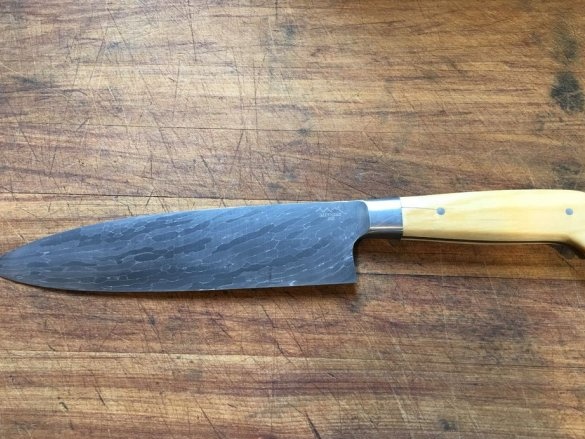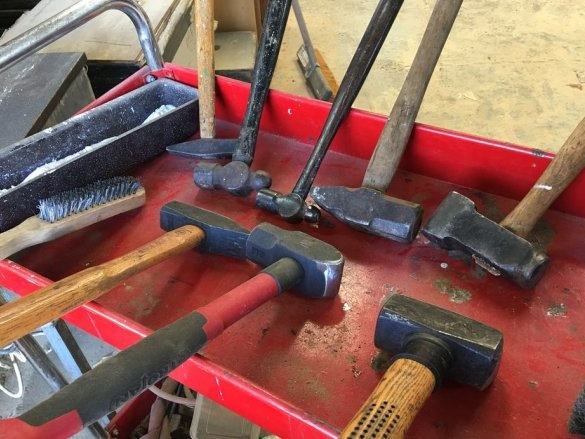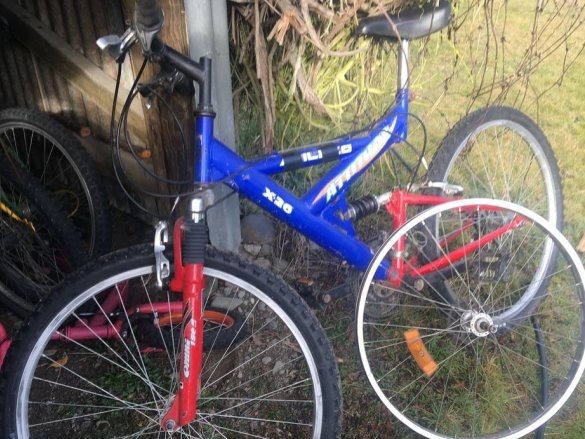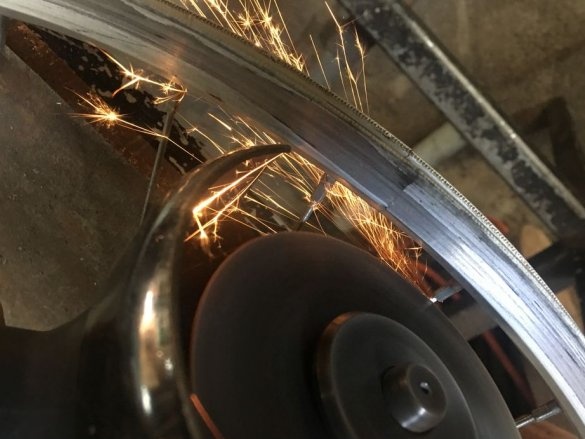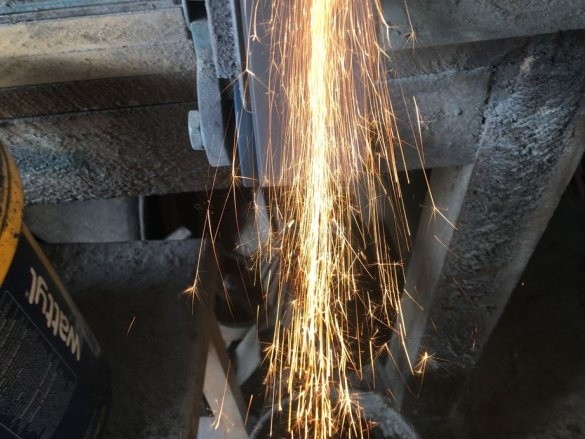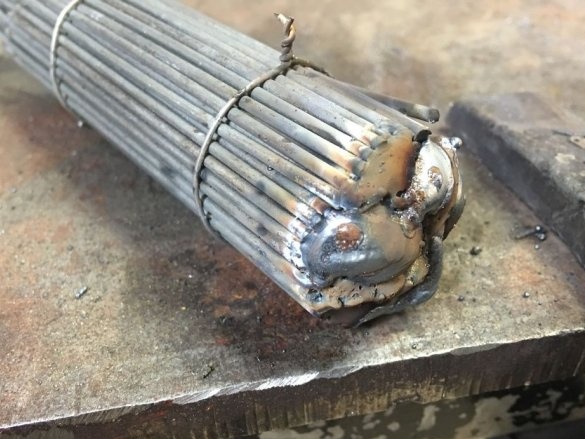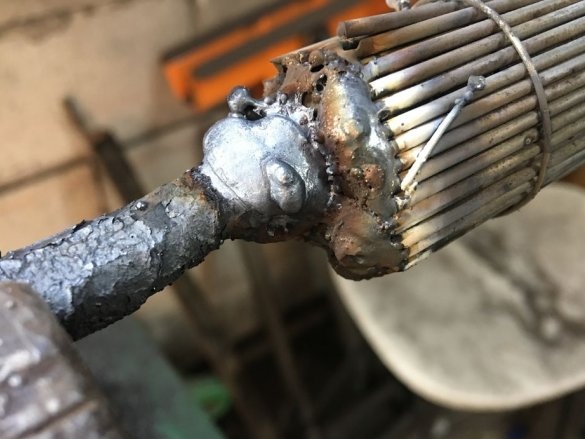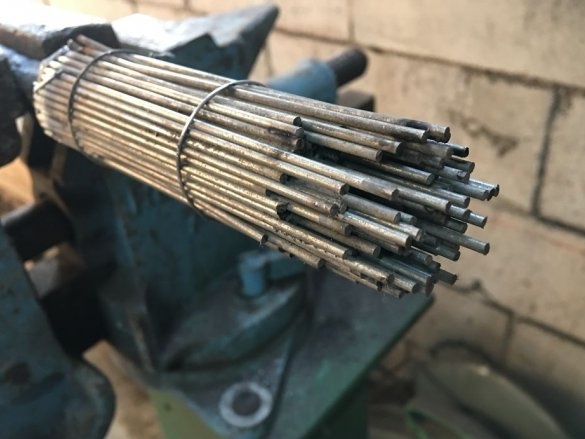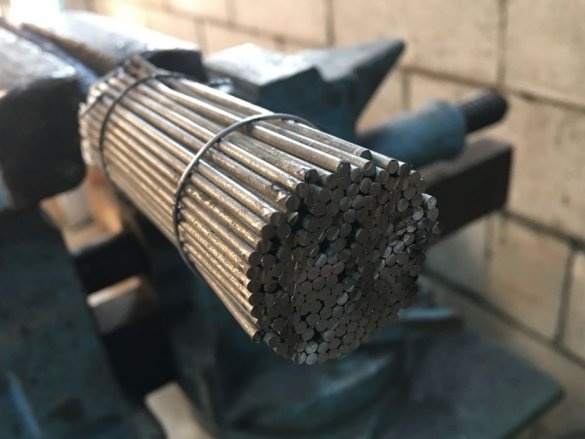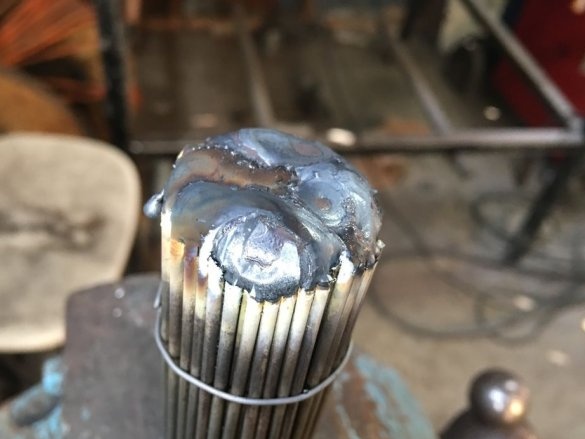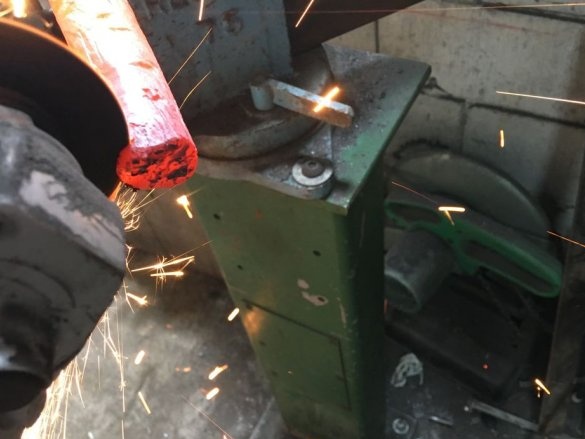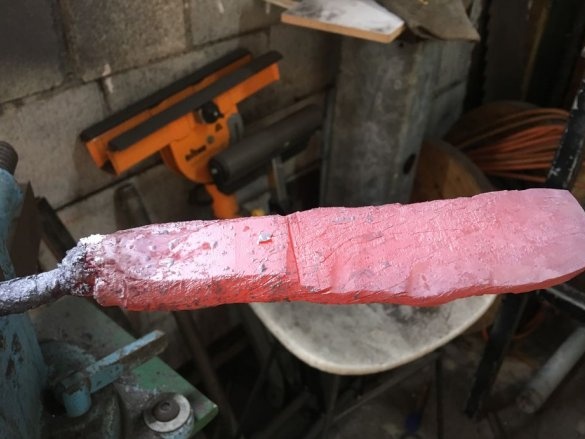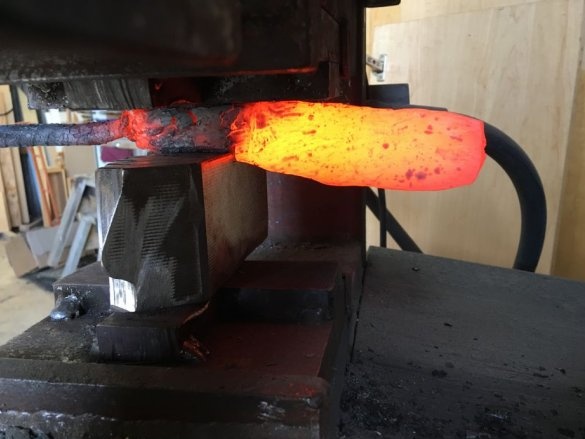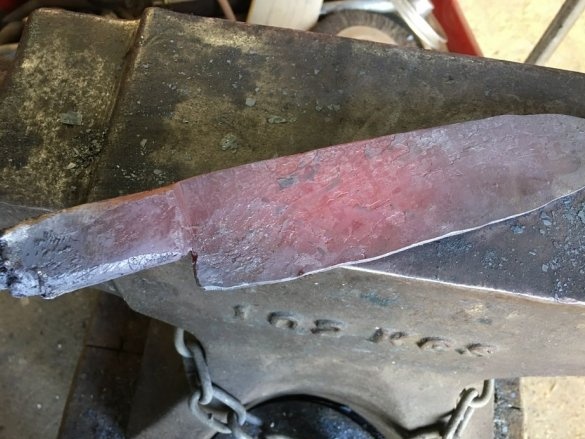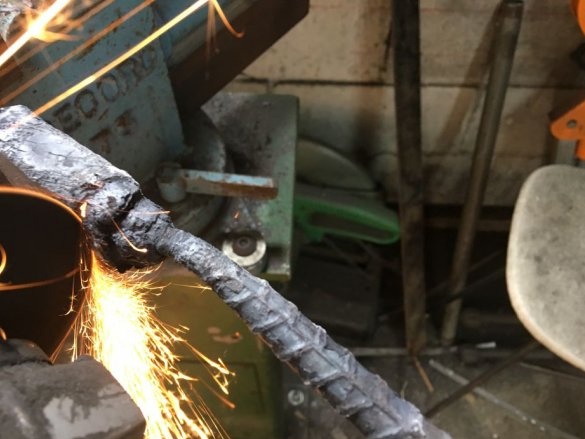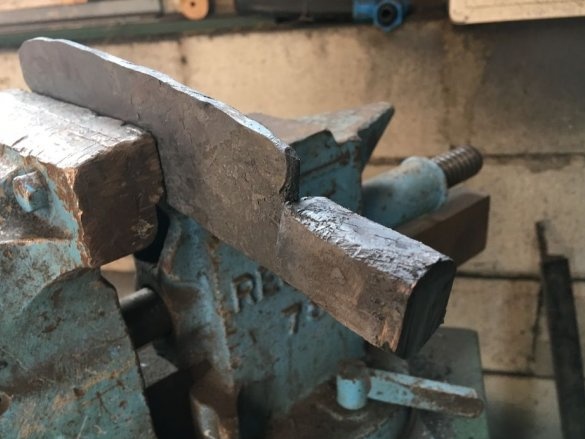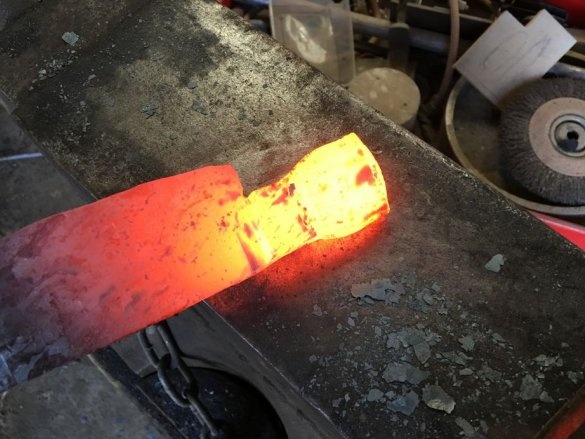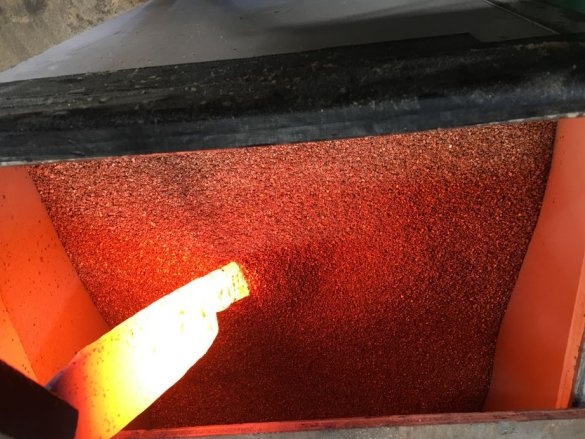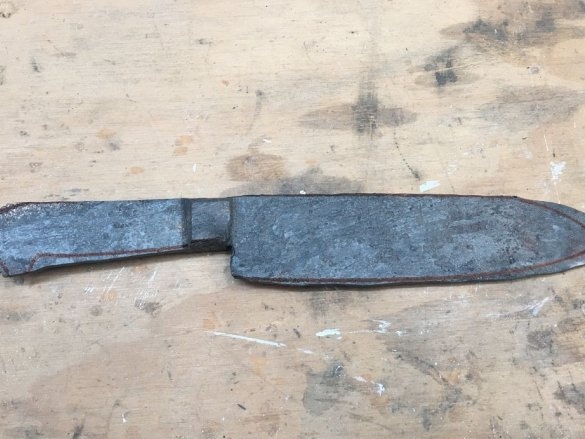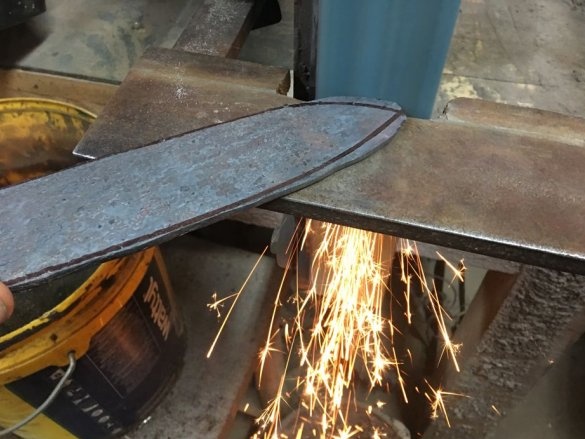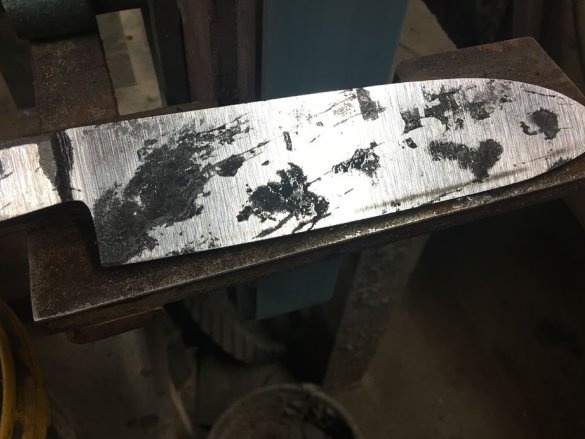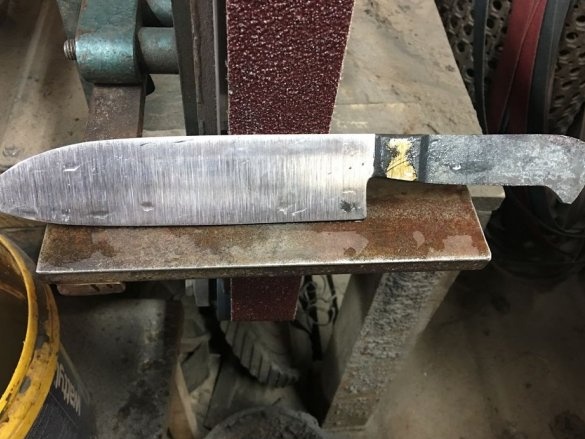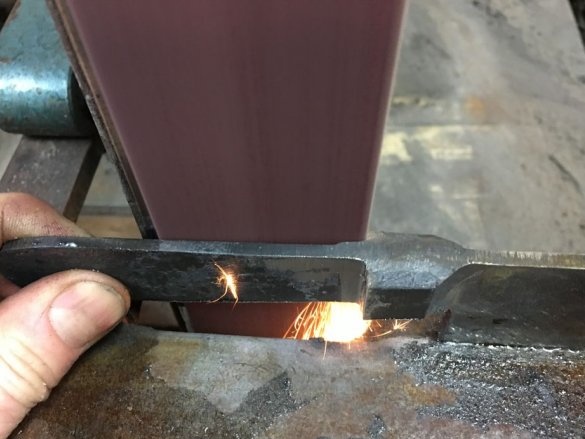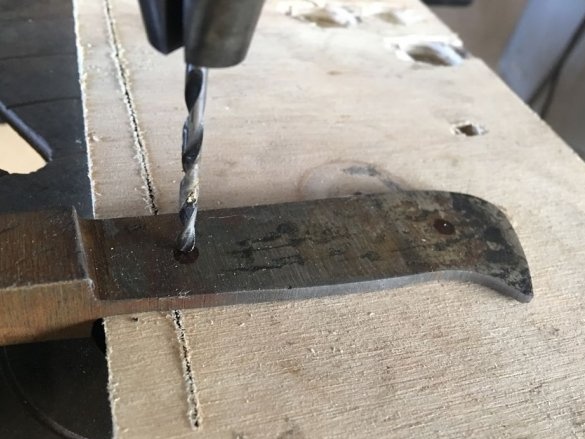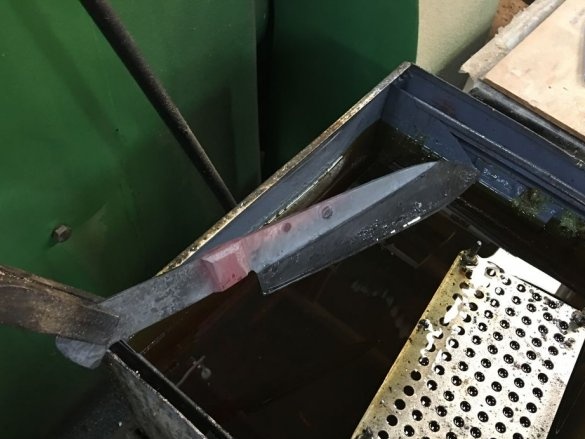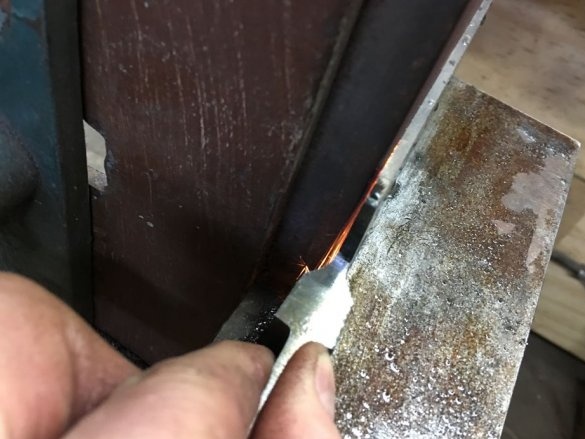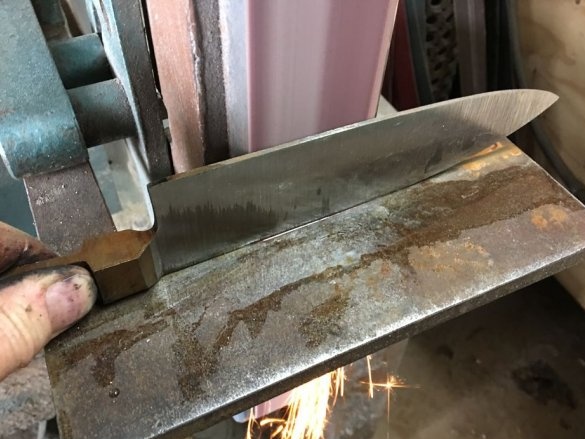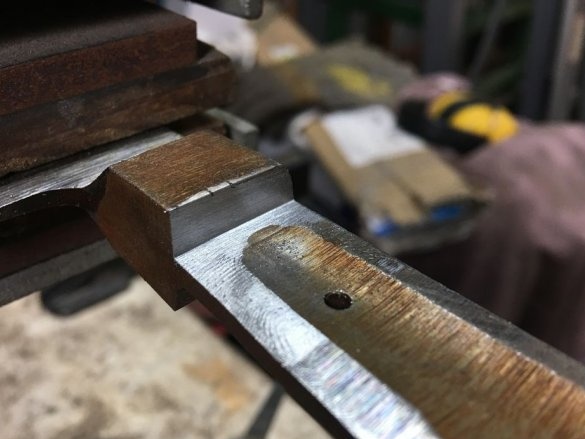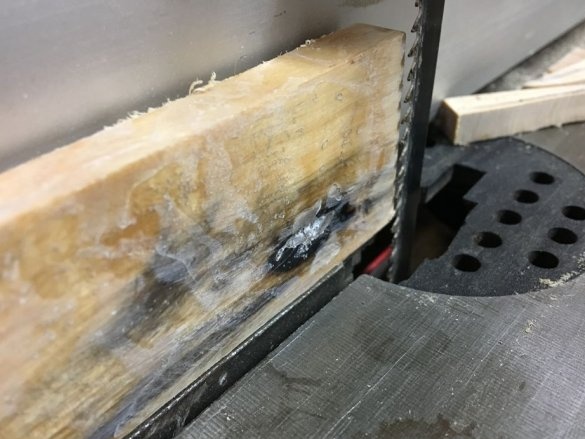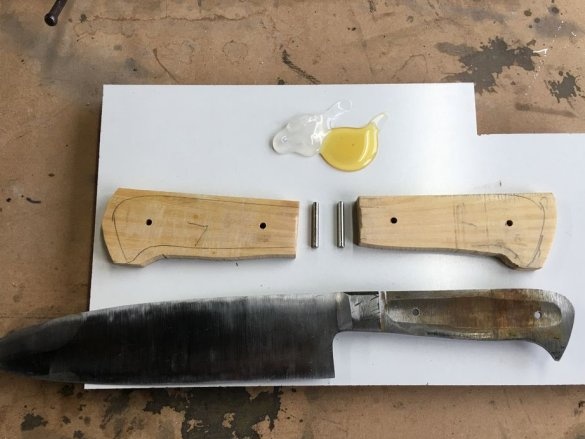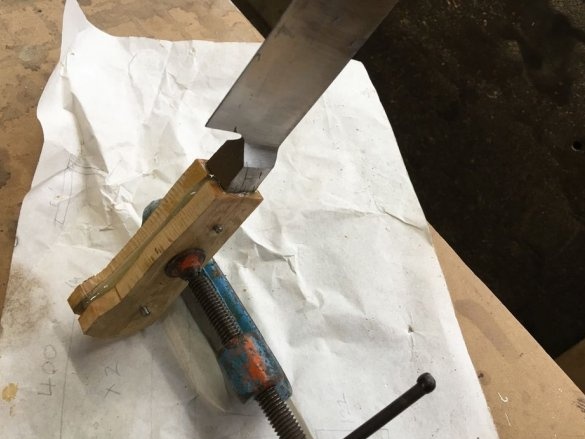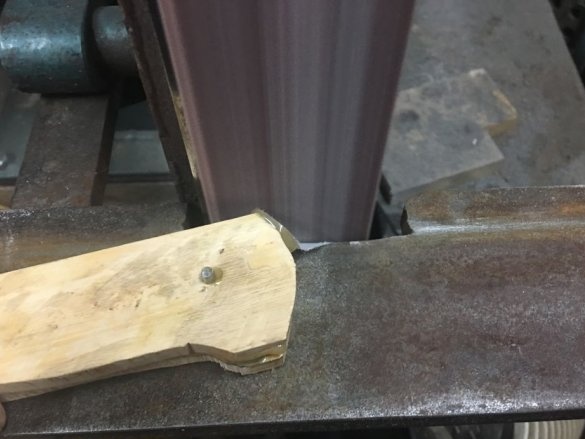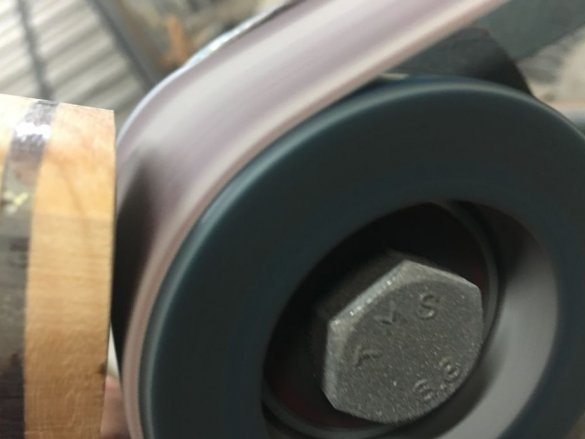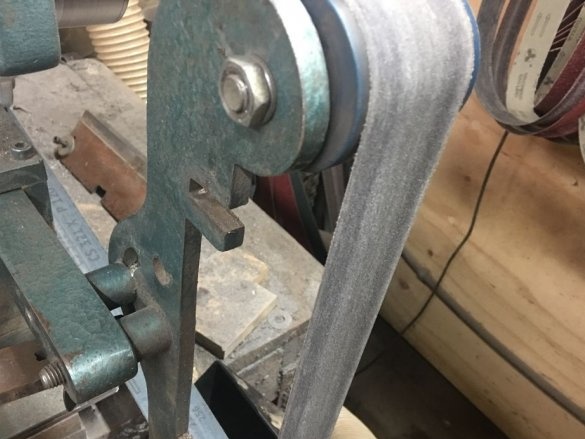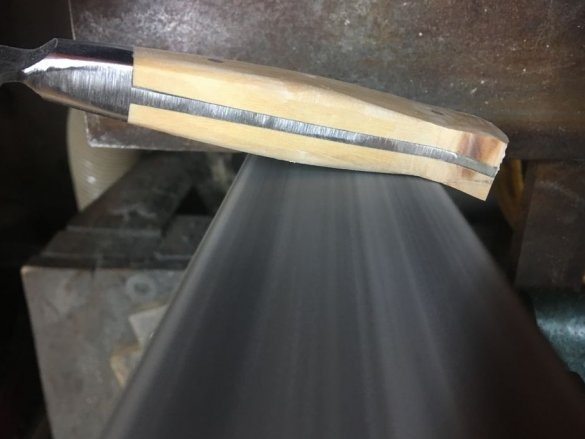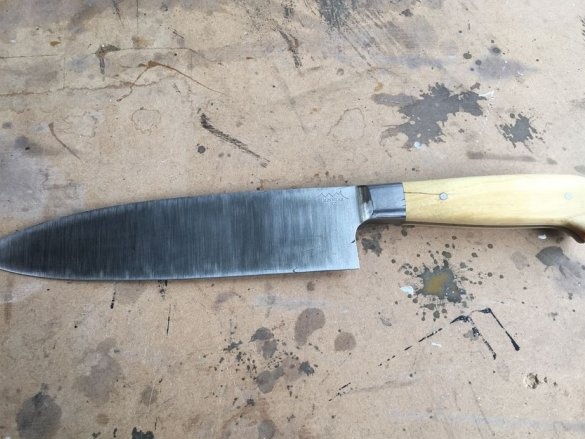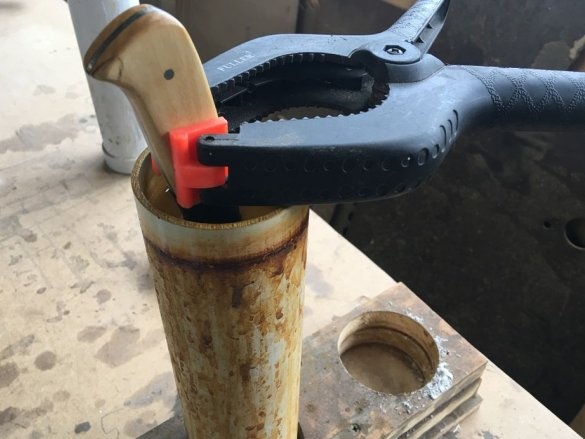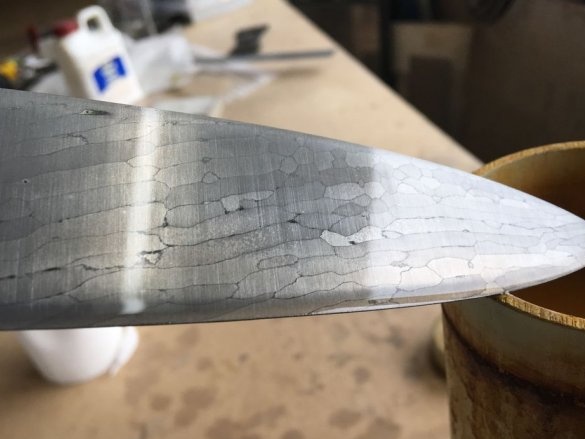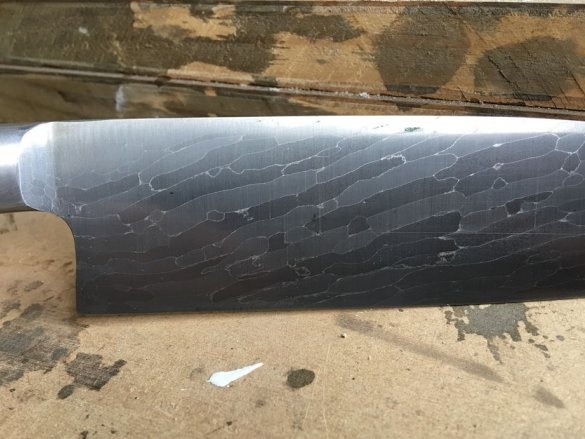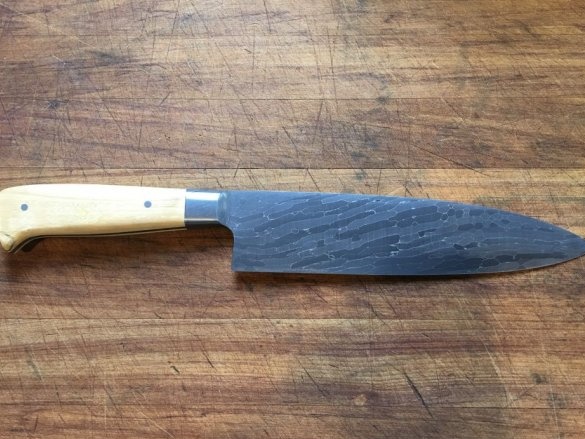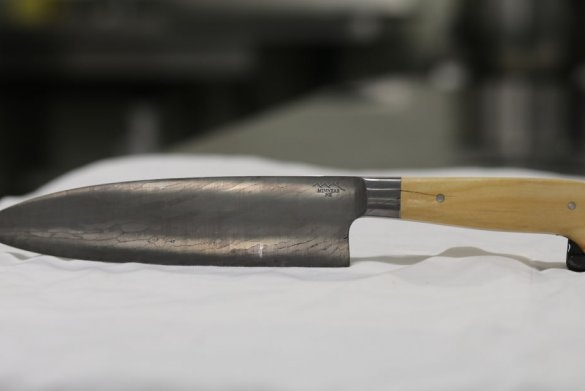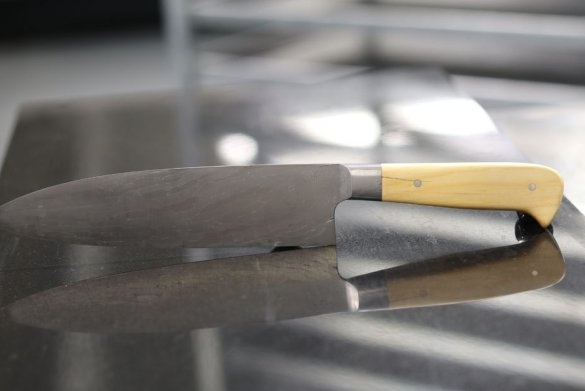The master decided to make a knife from material that no one had previously used for forging knives. The choice fell on bicycle spokes. A search on the Internet showed that if someone did this, then there is no information about this. At first he was not sure whether the material of the spokes was suitable for a knife blade. After a quick spark test, he found that there should be enough carbon in it.
In this article, the master will tell us how he forged 90 bicycle knitting needles into a 20 cm knife.
Tools and materials:
-Bicycle spokes;
-Disc grinding machine;
-Welding machine;
- Forging equipment;
Belt Sander
-Wood;
Epoxy resin;
-Personal protective equipment;
-Acetone;
- iron chloride;
-Vise;
-Metal rod;
Step one: knitting needles
The spokesman dismantled the spokes from the wheels of an old bicycle. Then he cut them into pieces of 110 mm and tied them together with wire. One end was welded with a welding machine, and a long metal rod was welded to it. In total, the master had 179 spokes.
During welding, an unpleasant pungent odor began to appear. The master suggests that the spokes are coated with some kind of anti-corrosion compound. If you decide to repeat the product of the master, it is better to polish the knitting needles.
Step Two: Preparing for Forging
Further, the master will interfere with the workpiece in the furnace and heats up to the desired temperature. In the process of heating, he tightens the wire several times with which the spokes are connected. When the desired temperature is reached, it places the workpiece in the drill. Borax helps in the welding process. At the end, the master cuts off the end of the workpiece.
Step Three: Forging
Now the master starts forging the product, giving the workpiece a knife shape.
Further, the master cuts the metal rod and continues further processing of the workpiece. After giving the workpiece the desired shape, he heats it and puts vermiculite in the container.
Step Four: Form
The draft form of the knife is forged, now you need to give it the final shape. The master makes marking on the knife and grinds off excess metal.
Then polishes the workpiece.
Drills holes for pads in the handle.
Step Five: Hardening
Further, the master places the workpiece in the furnace and heats to a temperature when it ceases to be magnetized. Now you need to cool the workpiece in the bath with oil.
Step Six: Sharpening
The master grinds the blade and processes the handle with a file to give it the desired shape.
Seventh step: pen
From the board cuts the lining. Drills holes coaxially with the holes in the handle. Then glues the pads to the handle with epoxy.
After gluing, grind the handle on the machine.
Step Eight: Texture
Up to this point, the blade was brilliant, and the basic pattern of the forged blade is mostly invisible.
To emphasize the metal texture, the master cleans the blade with acetone and then leaves it in an iron chloride solution until it is visible.
Everything is ready, according to the master, the knife has good characteristics and is used in the kitchen.
The whole process of making a knife can be seen in the video.

